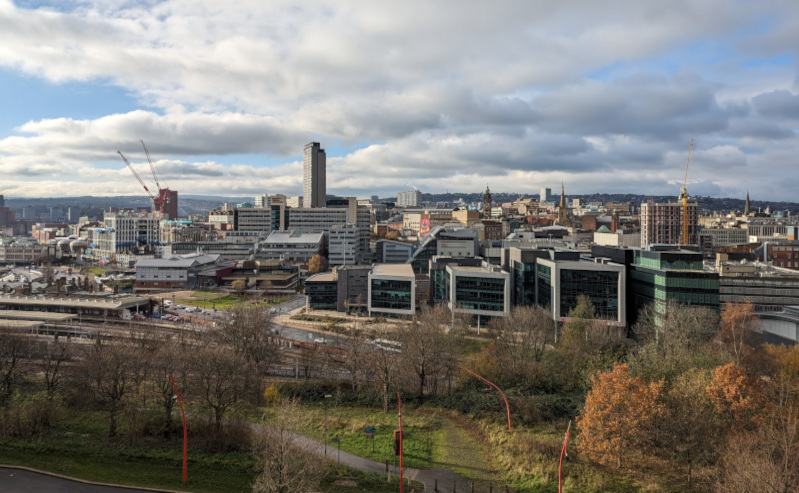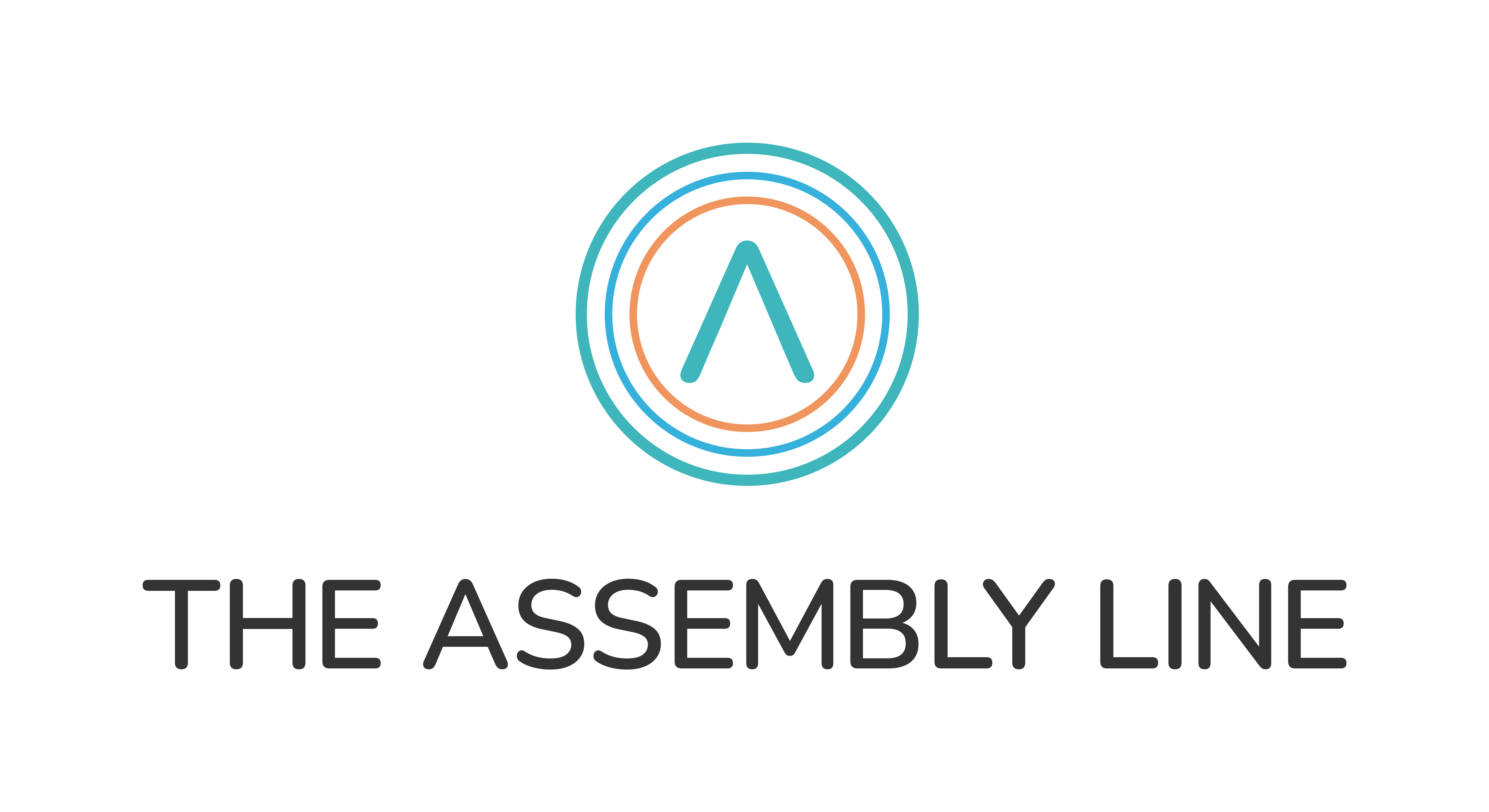
30 Nov A roam around Sheffield City Centre
In November, we headed to Sheffield for a tour with Place Collective UK to learn more about the changes taking place across the city.
We started at Park Hill with a tour from developer Urban Splash. It’s been nearly 20 years since Urban Splash got involved and the redevelopment has been challenging. The redeveloped estate is now made up of different tenures with student blocks, shared ownership, long term rent, affordable and purchase.
The redevelopment has seem Park Hill become more accessible to people across the city, removing a wall-like structure around it. Slowly, amenities are being added back in with shops and a pub amongst others. Many of the flats are duplex with full height windows providing long reaching views with blocks by the infamous (of their time) walkways in the sky, now refurbished. There are a few blocks still to be redeveloped so the area will change again as they complete in future years.
We then headed into the centre to hear about the role of Sheffield Hallam University and Sheffield City Council. The university has created space intended to be used anyone and offering a route through the city centre. During lockdown they had developed these spaces further with the refurbishment of a former carpark and connecting buildings together.
It was fascinating to hear about the city centre development, Heart of the City 2 which was intended to be a retail-led development. After several years of a stalled start, HSBC became the first tenant leading to retail taking a back seat (as the retail landscape changes) and being replaced with housing, a park, offices and leisure.
The next few developments in the centre include a new live music venue and Barker’s Pool (former John Lewis) being redeveloped by Urban Splash.
What we heard
- There are strong partnerships in place between the city, university (Hallum has a city centre campus), Historic England, Urban Splash and other developers
- Phase 1 at Park Hill took the block back to a shell due to the poor condition of the concrete but retaining the structure saved a lot of carbon emissions.
- The university manages its estate in the context of being at the gateway to the city centre and one of the first things people see when walking from the train station into the centre. They have created spaces which are public access (although not quite obvious) and repurposed buildings (joining them, converting carparks and more) with a strong sustainability focus and with consideration a to how they use their campus to best advantage given drop in use post-covid from students and teaching staff
- Heart of the City 2 was planned as a retail development. The delays due to the credit crunch and changing retail landscape saw a change in direction to multi-use and it now houses offices, hotels, flats and a modern, wooden play area, a key driver being to show that children are welcome in the city centre
- The council believe that the success of schemes to date from the Winter Gardens to Pound Park has been due to the quality of design and build. They have been successful in securing funding but face the same inflationary pressures of other local authorities around future delivery. With the traditional high street having shifted to The Moor area (including the market), the council are putting plans in place which will create a multi-use city centre, an example being of specifying building use to attract a live music/performance space operator in.
- Temporary schemes created during Covid-19 are becoming permanent. Where the side of the town hall once served as a major bus route it will now see vehicles permanently diverted from this area.
Much of the current works are due to complete by March 2026 so it would be good to return after then to see how it looks and the next phase of work that will likely be underway.

